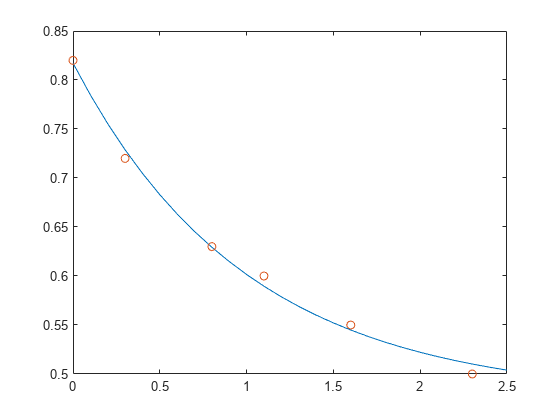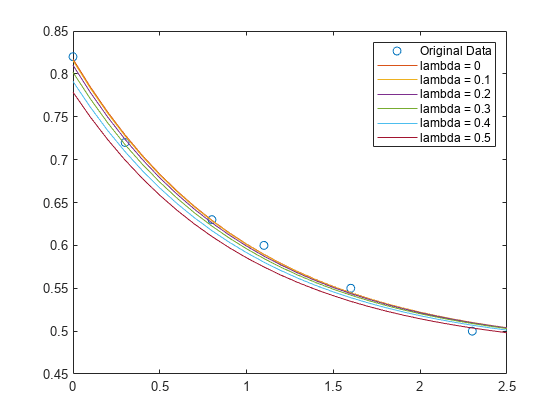fixed.qrMatrixSolve
Solve system of linear equations Ax = B for x using QR decomposition
Syntax
Description
x = fixed.qrMatrixSolve(A,B, outputType)outputType.
x = fixed.qrMatrixSolve(A,B,outputType,regularizationParameter)
where A is an m-by-n matrix, B is an m-by-p matrix, and λ is the regularization parameter.
Examples
Input Arguments
Output Arguments
Extended Capabilities
Version History
Introduced in R2020b
See Also
fixed.backwardSubstitute | fixed.forwardSubstitute | fixed.qlessQR | fixed.qlessQRUpdate | fixed.qrAB | fixed.qlessQRMatrixSolve
Topics
- Algorithms to Determine Fixed-Point Types for Complex Least-Squares Matrix Solve AX=B
- Determine Fixed-Point Types for Complex Least-Squares Matrix Solve AX=B
- Algorithms to Determine Fixed-Point Types for Real Least-Squares Matrix Solve AX=B
- Determine Fixed-Point Types for Real Least-Squares Matrix Solve AX=B

